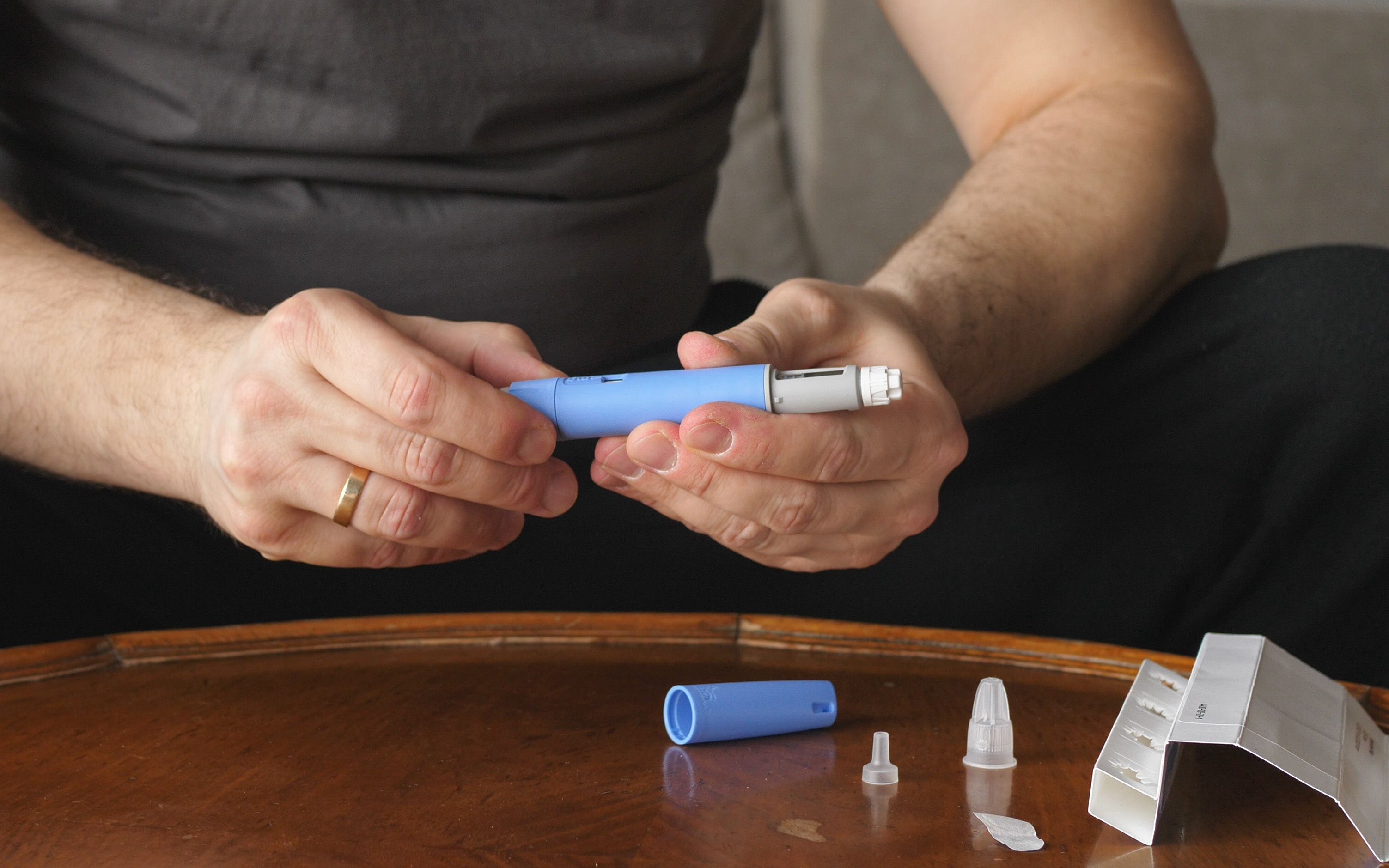- Case-Based Roundtable
- General Dermatology
- Eczema
- Chronic Hand Eczema
- Alopecia
- Aesthetics
- Vitiligo
- COVID-19
- Actinic Keratosis
- Precision Medicine and Biologics
- Rare Disease
- Wound Care
- Rosacea
- Psoriasis
- Psoriatic Arthritis
- Atopic Dermatitis
- Melasma
- NP and PA
- Skin Cancer
- Hidradenitis Suppurativa
- Drug Watch
- Pigmentary Disorders
- Acne
- Pediatric Dermatology
- Practice Management
- Prurigo Nodularis
- Buy-and-Bill
Article
Longevity buoys hyaluronic acid's success
New York - Hyaluronic acid (HA) products' success rests on the ability of this compound to provide effective, long-lasting treatments, says an expert.

However, she says not all such products are created equal.
"In the last eight or nine years, we've suddenly gotten this substantial increase in the variety and quality of injectable products" for cosmetic treatments, says Jean D. Carruthers, M.D., clinical professor of ophthalmology at the University of British Columbia. "There's never been such an array of face-effective products as we have now," she says, with HAs ranking among the best because they provide long-lasting results that feel very natural.
"The hyaluronic acids are two sugar moieties - N-acetyl-glucosamine and glucuronic acid - that are linked together in long chains. They're part of that strange group of macromolecules that are the same whether they come from human sources or a bacterium in a laboratory," she explains. As such, HA-based products don't require skin testing.
Of bones and bacteria
Currently available HA products fall into two categories, she continues - those derived from vertebrate sources, such as chickens and those from an invertebrate source, namely Streptococcus equus.
Due to fears for contracting the H5N1 bird flu virus, Dr. Carruthers says, "Most people these days are pretty leery" of products in the former category. Presently, no one knows if it's possible for this virus to be passed on through HA-based products, Dr. Carruthers says. If a patient asks this question, she adds, "I would have to tell them, 'I don't believe so, but I can't say for sure because no one has done tests on it.'"
For such reasons, she says that vertebrate-derived HAs aren't likely to remain on the market for long. In contrast, Dr. Carruthers says patients' interest in bacteria-derived products such as those in the Restylane family (all made by Q-Med), Captique and Juvederm (Allergan) is growing.
Captique's manufacturer was trying to make a product exactly like Restylane, Dr. Carruthers explains. Though she has not yet used the product because it isn't approved in Canada, she reports that colleagues who have used it say it's "wonderful; it has very lovely flow characteristics and works very well in lips."
As for Juvederm, Dr. Carruthers says its 18, 24 and 30 formulations correspond closely with Restylane FineLines, standard Restylane and Perlane (Q-Med), respectively.
"Captique, Restylane and Juvederm 24 are meant to be pretty much the same," although subtle differences exist between these products, she adds.
Patient awareness
Because it's been around longest, Restylane tops the list in terms of patient awareness, Dr. Carruthers says.
"It's the gold standard at the present moment."
As for its characteristics, she notes that Restylane tends to last six to eight months in lips and eight to 12 months in less mobile areas, such as the chin. But it's a little bit lumpier and harder to inject than comparable products because of its higher viscosity, she reports.
More viscous still is Restylane SubQ.
"It's a much larger, stickier form of Restylane used for very deep augmentation such as for HIV-related facial lipoatrophy," she says.
To help typical HA treatments last longer, Dr. Carruthers recommends using them in conjunction with Botox (Allergan). Botox injections reduce the muscular activity that, over time, breaks down filler molecules, she explains.






